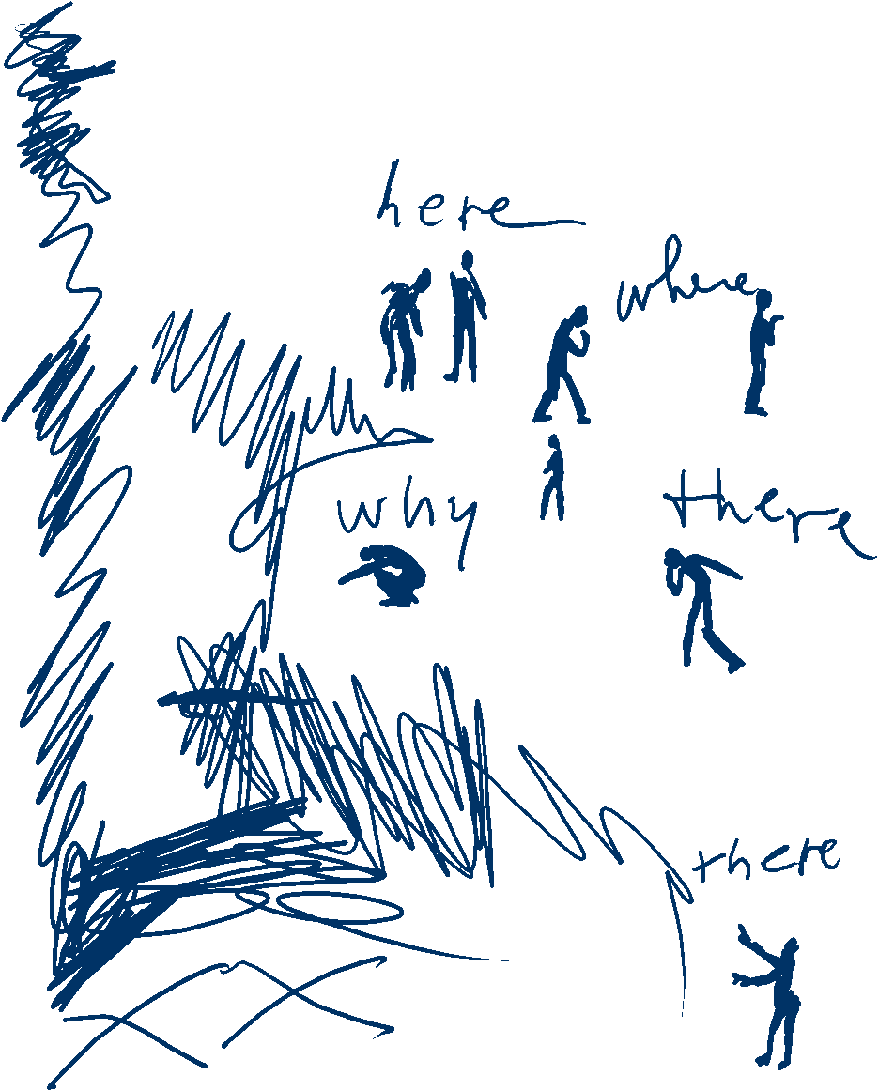The Federal Reserve loaned out $12 billion to banks this week from its new emergency lending facility, the Bank Term Lending Program, the Fed reported Thursday.
The new program was designed to prevent banks from failing like Silicon Valley Bank last week and Signature Bank on Sunday. As part of the facility, the Fed will loan banks money for up to a year in exchange for Treasury bonds or other high-quality assets that have crumbled in value during the Fed's historic rate-hiking campaign.
The Fed will lend the banks the original value of their Treasury bonds, preventing them from selling assets at a loss (like SVB did) — a last-resort tactic to raise cash to pay customers' withdrawals. That ignited SVB's bank run last week.
America's banks are sitting on more than $600 billion of unrealized losses from Treasury debt, according to the FDIC. So the Fed's facility essentially negates that debt.
Although $12 billion is a lot, it pales in comparison to the nearly $152.8 billion banks borrowed from the Fed's "discount window," its more traditional lending facility, over the past week. Discount window loans absolutely ballooned from just over $4.5 billion in the prior week.
The Fed has steadily shrunk its balance sheet over the past year to fight inflation, but it added $300 billion to it over the past week. That demonstrates the seriousness of some banks' cash concerns and the resolve of the Fed to alleviate them.



